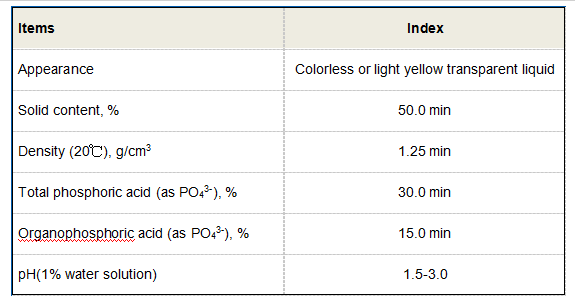pam chemical for water treatment
PAM Chemical for Water Treatment A Comprehensive Overview
Polyacrylamide (PAM) is a versatile polymer widely used in water treatment processes due to its capabilities as a flocculant and coagulant. This chemical compound plays a crucial role in improving water quality by facilitating the removal of suspended solids, organic matter, and other impurities from water sources. As the demand for clean water continues to rise, understanding the applications and benefits of PAM in water treatment becomes increasingly important.
PAM Chemical for Water Treatment A Comprehensive Overview
In industrial settings, PAM is used to improve the efficiency of various processes, including paper manufacturing, mining, and oil recovery. For example, in the paper industry, PAM helps to enhance the retention of fibers and fillers, leading to improved paper quality and reduced production costs. In mining, it aids in the separation of valuable minerals from ores, while in oil recovery, it enhances the viscosity of water injected into wells, promoting better oil extraction.
pam chemical for water treatment

Moreover, PAM is recognized for its ability to improve the performance of sludge dewatering operations. The dewatering of sludge generated from wastewater treatment plants is critical for minimizing disposal costs and maximizing resource recovery. By using PAM, the water content in sludge can be significantly reduced, resulting in a drier product that is easier to handle and process.
Despite its numerous benefits, the use of PAM in water treatment does come with considerations regarding its environmental impact. The degradation of PAM in the environment can lead to the formation of acrylamide, which is a neurotoxic substance. Therefore, it is essential for operators to adhere to safety protocols and regulatory standards when using PAM to mitigate any potential risks.
In conclusion, PAM is a vital chemical in modern water treatment applications, contributing significantly to the improvement of water quality across various sectors. As technology advances and the understanding of its effects evolves, PAM will continue to play a pivotal role in ensuring sustainable water management practices. The potential for enhancing water treatment processes using PAM underscores the necessity for further research and development in this field to enhance its safety and effectiveness.
-
Water Treatment with Flocculant Water TreatmentNewsJun.12,2025
-
Polymaleic AnhydrideNewsJun.12,2025
-
Polyaspartic AcidNewsJun.12,2025
-
Enhance Industrial Processes with IsothiazolinonesNewsJun.12,2025
-
Enhance Industrial Processes with PBTCA SolutionsNewsJun.12,2025
-
Dodecyldimethylbenzylammonium Chloride SolutionsNewsJun.12,2025





